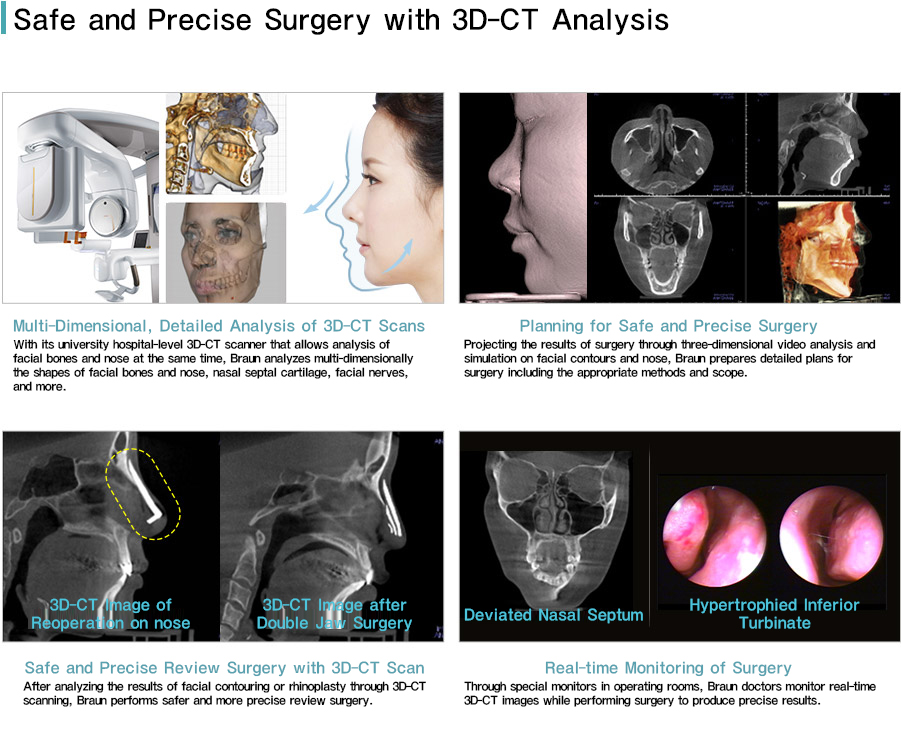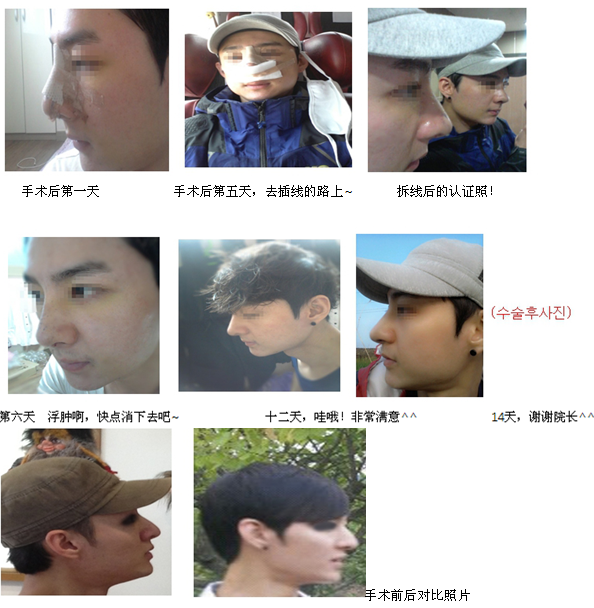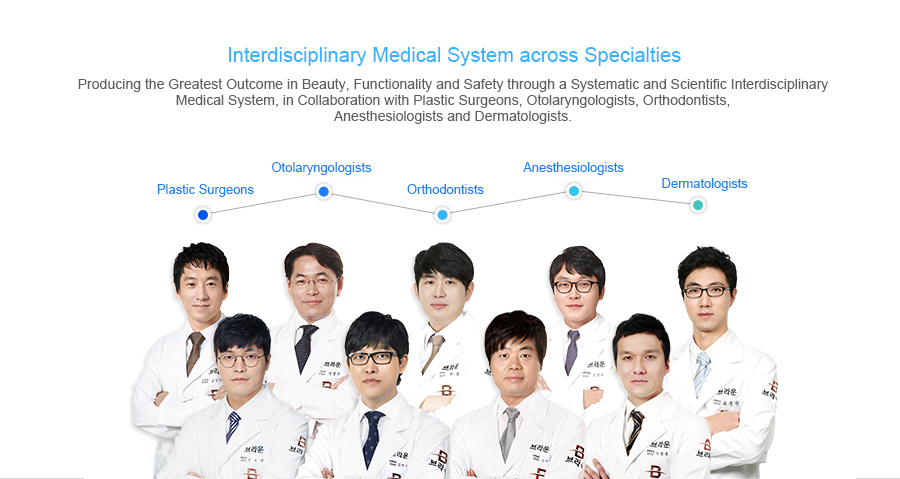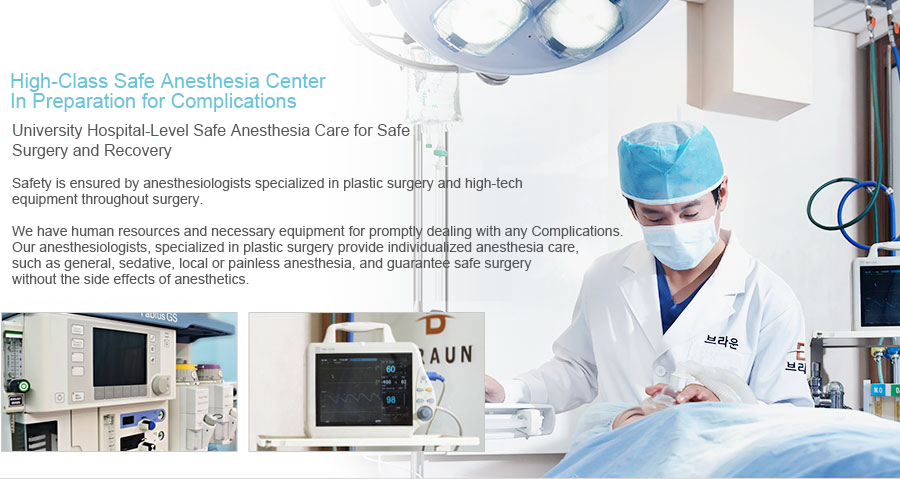| Deviated Nasal Septum |
|
| If the nasal septal, a wall that stands vertically in the middle of the nose and divides it into two nasal passages, is crooked, the nose has related symptoms and functional problems including nasal congestion and sinusitis. |
|
|
| Symptoms of a Deviated Nasal Septum |
|
| This displays a range of symptoms, but the main one is nasal congestion. The more narrowed of the two nasal passages usually experiences symptom of congestion, but not always. Sometimes, the wider nasal passage experiences nasal blockage. Furthermore, if the deviated nasal septum is unattended for a long time, a compensatory response in the wider nasal passage could cause hypertrophic rhinitis thickening the mucous membrane of the inferior turbinate. |
|
|
| Examination |
|
| 3D-CT scanning is required to correctly identify the state of the internal nose and deviation of the septum. |
|
|
| Surgical Method |
|
| Resects deviated part of the bone or cartilage or appropriately corrects the deviation via endoscope at the same time as the rhinoplasty. If hypertrophied inferior turbinate accompanies, inferior turbinate reduction is better performed as well using a high-frequency surgery instrument (Coblator). |
|
|
|
|





































![2013年消费者最值得信赖的品牌大奖
[鼻部整形/面部轮廓整形领域]荣获大奖](/images2/main/partners_000.jpg)
![2013年韩国消费者最受欢迎品牌第一名
[鼻部整形/面部轮廓整形领域]荣获大奖](/images2/main/partners_03.jpg)









